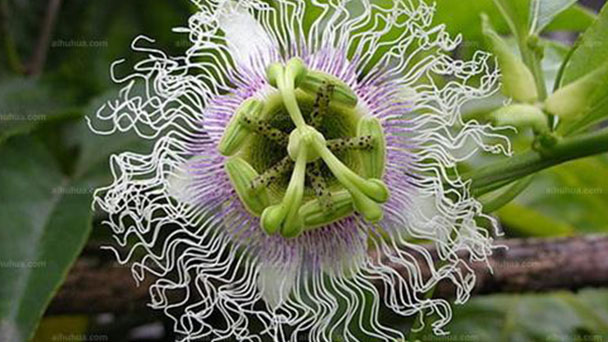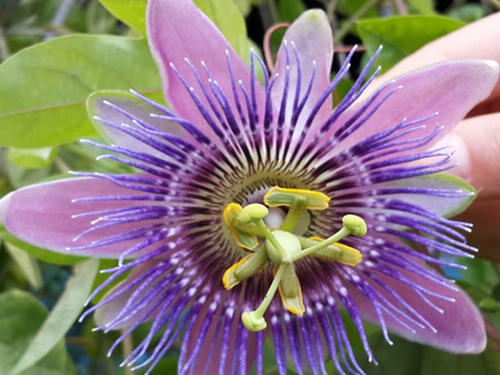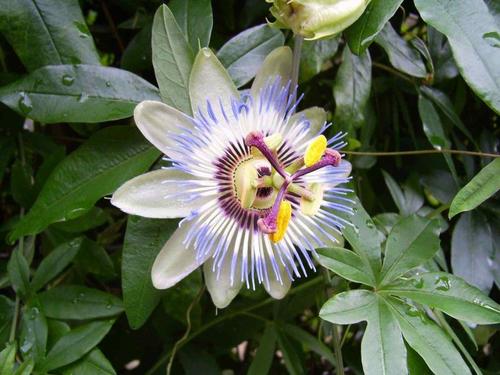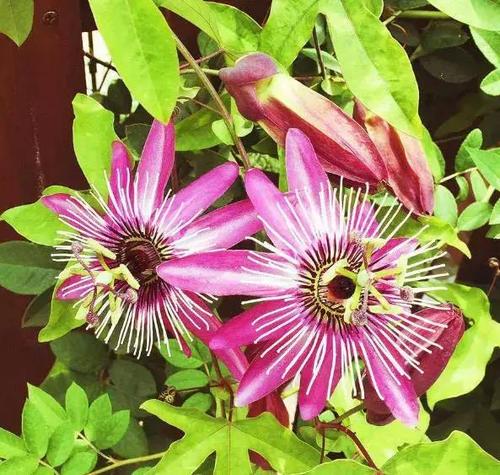Turnera ulmifolia (yellow alder) profile
Written by Maggie
Oct 13 2021

Turnera ulmifolia, also known as ramgoat dashalong or yellow alder, is an evergreen vine that grows in the rainforests of South America. It is shaped like a word disc on a clock, so it is called "Turnera ulmifolia".
Turnera ulmifolia belongs to the clock plant family. It was chosen as a tribute to an Anglo-Saxon princess in the 7th century, the nun who founded the convent of Saint Anviedo in Kent. The convent no longer exists, and its contents have been moved to St. Peter's Basilica.
Turnera ulmifolia picture

Morphological characteristics of Turnera ulmifolia
Turnera ulmifolia is an evergreen vine that grows in the rainforests of South America. It is shaped like a writing plate on a clock. The calyx and corolla combine to form a tube; The fruit is a capsule, and the seeds have reticulate lines.
Flowering stage of Turnera ulmifolia
The flowers of Turnera Ulmifolia bloom and fade regularly. Open in the morning and close at night, and what is more interesting is that its flowers are almost open with the same thanks, peculiar and incomparable. Studies have shown that the flowering pattern of turnera ulmifolia is closely related to the change of sunshine and temperature, and is controlled by a substance inside the body -- clock enzyme. This enzyme regulates the physiology of turnera ulmifolia and controls flowering time. When the temperature rises to a certain extent, the enzyme activity gradually weakens and the flowers wither naturally. Turnera ulmifolia was observed at the temperature of 18℃ ~ 20℃ for flowering and 28℃ ~ 32℃ for withering. Sunny days usually open at 9 ~ 11 in the morning, 3 ~ 4 in the afternoon, noon around 12 in the cloudy day, 5~6 in the afternoon. If the temperature is low, the flower opening time is often delayed to 3 PM, and only "windward door half open". If meet cloudy day, flower meeting is late to nighttime ability, sometimes even the next day morning square thanks.
Ecological habits of Turnera Ulmifolia
The flowers of Turnera Ulmifolia bloom and fade regularly. Open in the morning and close at night, and what is more interesting is that its flowers almost open with the same thanks, peculiar and incomparable. Studies have shown that the flowering pattern of Turnera ulmifolia is closely related to the change of sunshine and temperature, and is controlled by a substance inside the body -- clock enzyme.
This enzyme regulates the physiology of Turnera ulmifolia and controls flowering time.When the temperature rises to a certain extent, the enzyme activity gradually weakens and the flowers wither naturally. Turnera ulmifolia was observed at the temperature of 18℃ ~ 20℃ for flowering and 28℃ ~ 32℃ for withering. Sunny days usually open at 9 ~ 11 in the morning, 3 ~ 4 in the afternoon, noon around 12 in the cloudy day, 5~6 in the afternoon. If the temperature is low, the flower opening time is often delayed to 3 PM, and only "windward door half open". If it is cloudy day, flower meeting is late to nighttime ability, sometimes even the next day morning square thanks.

The distribution area of Turnera Ulmifolia
Turnera ulmifolia is found in tropical and subtropical areas of southern Africa and South America, with most species growing in the Americas.
Pests and diseases of Turnera Ulmifolia
White flies are often found on the foliage. Severe infestations can injure the plants. Aphids and scales can also infest the foliage, but they are usually not too serious.
How to grow and care for Turnera Ulmifolia
Light requirement: plant grows in part shade/part sun
Soil tolerances: acidic; alkaline; sand; loam; clay
Drought tolerance: moderate
Soil salt tolerances: unknown
Plant spacing: 36 to 60 inches
Garden use of Turnera Ulmifolia
"Flower bloom since sometimes", since ancient times in xishuangbanna tropical botanical garden, you can be seen everywhere a yellow flower, every flowering season, every day the sun rises in the morning, about 9 o 'clock or so, the flowers bloom, in the afternoon when the sun is setting, about six o 'clock or so, the flower is closed, every little flower is such, every day will take about a week or so to die.
This beautiful yellow flower is the herb of the Turnera ulmifolia family. It comes from as far away as South America. There are several varieties of Turnera ulmifolia, the common ones being the yellow and white Turnera ulmifolia .Why did Turnera Ulmifolia open on time? Because it has a biological clock, which is a genetic trait controlled by genes that have been formed in response to changes in the environment during the long evolutionary process. In fact, plants, animals and humans all have biological clocks.
In the 18th century, Linnaeus, the famous British botanist, made a lot of observation and research on the flowering time of plants, and then planted an interesting "flower clock" in his garden. This principle was carefully planted according to the certain regularity of the flowering time of each flower.

Latest Updated
- Benefits of Bugleweed - 7 Science-backed Health Benefits
- Bugleweed Dangers & Side Effects - Is It Poisonous?
- How to Plant Evergreen Trees - What You Should Know
- When to Plant Evergreens - Grow Guide for Evergreen Trees
- 12 Wonderful Evergreen Shrubs for Your Garden
- 12 Popular Evergreen Plants with Pictures for Beginners
- When And How To Prune A Lilac Bush Like a Pro
- How to Grow & Care for Lilac Vine (Hardenbergia Violacea)
- Japanese Lilac Tree (Syringa Reticulata) Care & Propagation Guide
- Shumard Oak Pros and Cons - What to Know
Popular Articles
- Winter maintenance of Antirrhinum Majus
- How to Grow Terminalia Mantaly Tree
- How to Grow and Care for Crossostephium Chinense
- How to grow Antirrhinum Majus in spring
- Peristeria Elata (Dove Orchid) Profile: Info & Care Guide
- Underwatered Snake Plant (Sansevieria Trifasciata) - Signs And How To Fix
- How to Care for Brazilian Jasmine Plant (Mandevilla Sanderi)
- How to Grow & Care for Graptopetalum Purple Delight in Summer
- Rosa Chinensis (China Rose): Plant Growing & Care Tips
- How to Care for Baby Sun Rose (Aptenia Cordifolia)